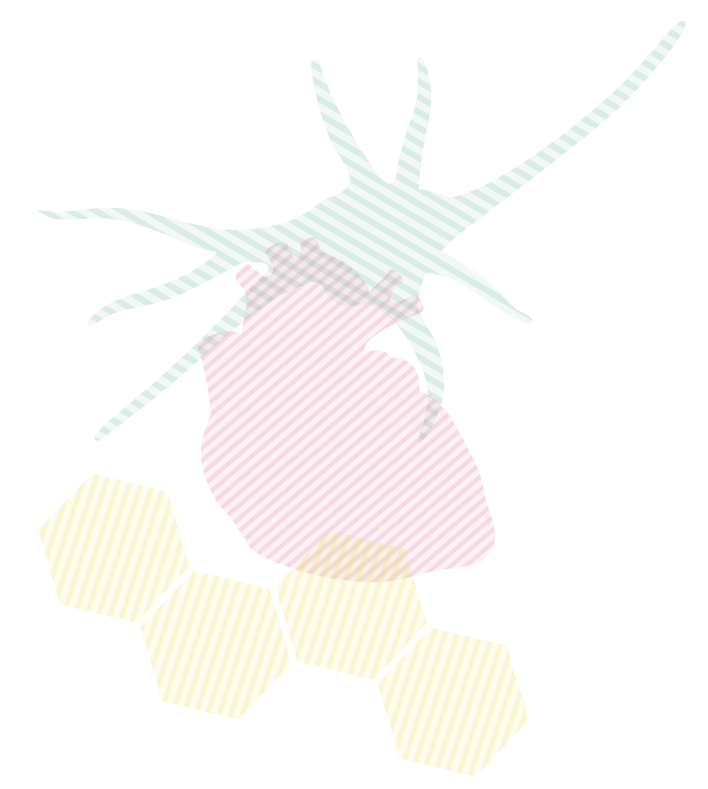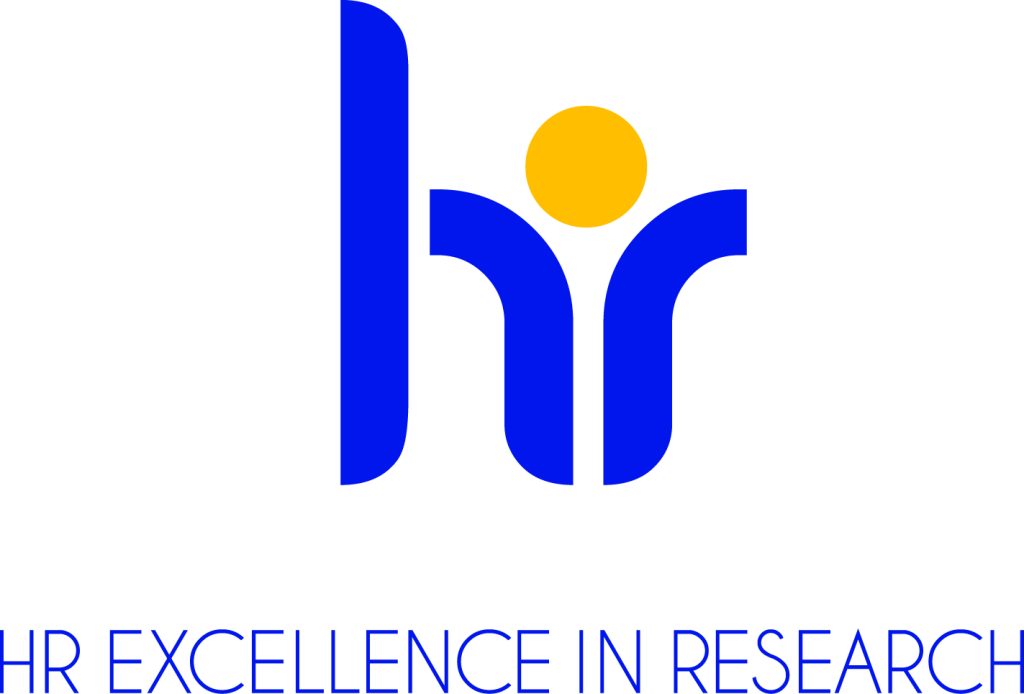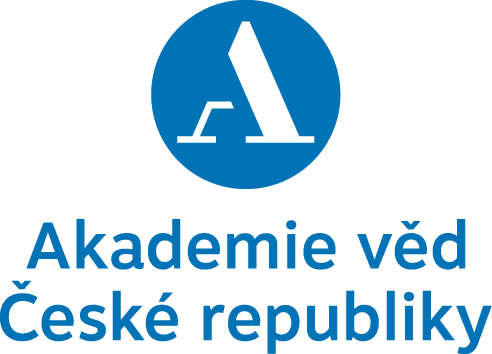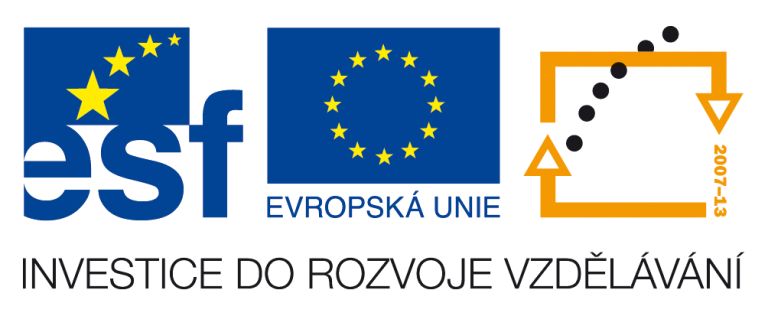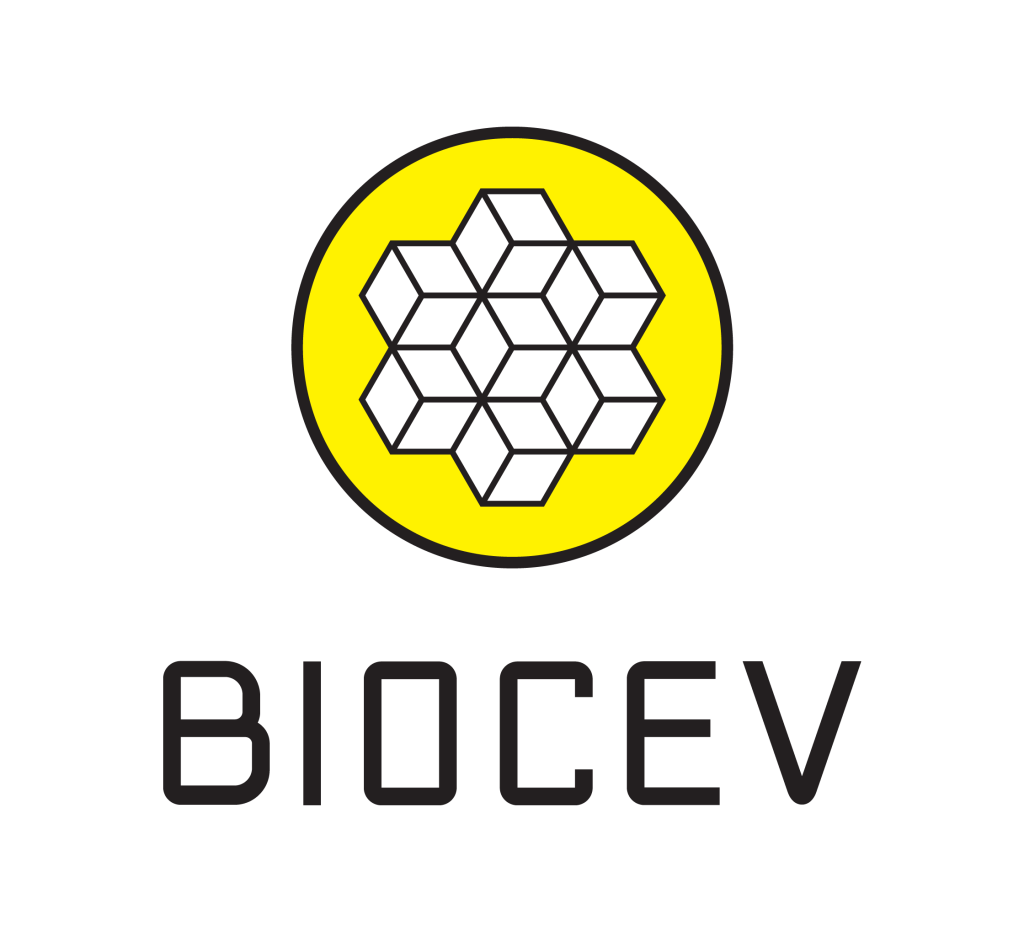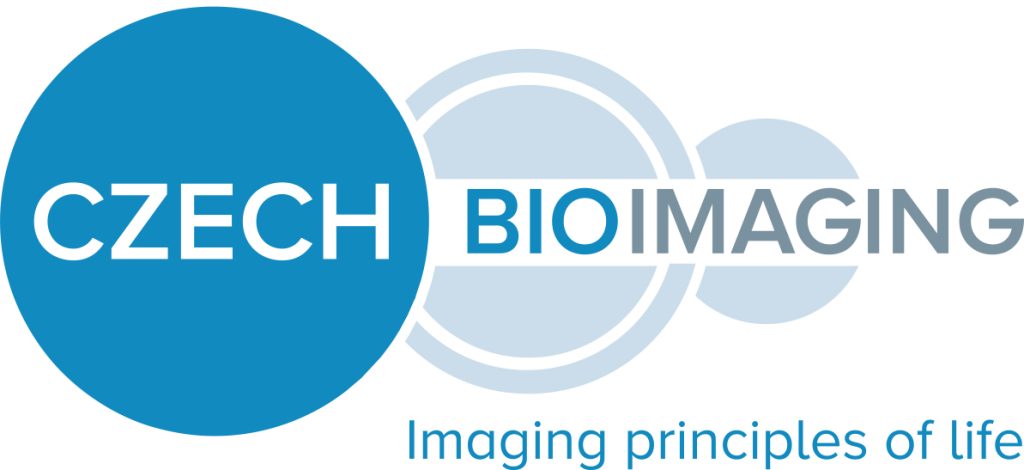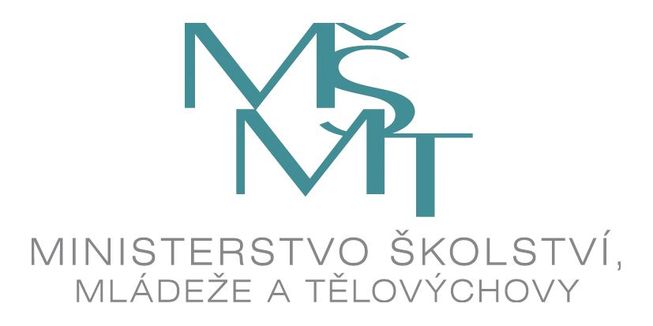Scientists from the Department of Membrane Transport Biophysics focus detection 2HG as a marker of breast cancer patients.
Cancer cell metabolism is adapted to fast proliferation in harsh conditions of tumor environment, such as aglycemia and hypoxia, by activation of metabolic pathways which produce building blocks and energy. One of such metabolic pathways is a mitochondrial pathway, so-called reductive carboxylation (RC), activity of which is considerably raised in breast carcinoma cells.
In the frame of our projects dedicated to cancer cell metabolism we focus on the key enzyme of the RC, isocitrate dehydrogenase 2 (IDH2), and evaluate its function, activity and the impact on the cell bioenergetics. Interesting fact about the RC is that it proceeds in the counter-direction to the usual one (Krebs cycle) in mitochondria – the metabolite is reductively formed instead of oxidatively degraded. That metabolite, citrate, is a precursor of the fatty acids, important for cell growth/division and proliferation of the cells. Glutamine, the most abundant amino acid in the blood stream, is utilized in RC as a source of the carbon instead of glucose; glucose can serve as an ultimate cellular energy source. We have shown that RC in cancer cells is elevated and supports the cell growth at the oxygen shortage, when energy production in mitochondria is otherwise largely blocked. The activation of the RC is therefore advantageous for cancer cells in comparison to the cells which do not activate the RC.
Another important outcome of our study is that IDH2 produces a metabolite 2-hydroxyglutarate (2HG) which was also detected in the number of human malignancies (solid brain tumors and leukemias) with typical IDH2 and IDH1´s mutations (oncogenic forms of isocitrate dehydrogenases). Interestingly, 2HG is formed in mitochondria of breast cancer cells in which we have not detected any cancer-related IDH2 or IDH1 mutations. Herein, production of 2HG is probably a general consequence of the oncogenesis or tumor environment. 2HG is accumulating in the cells due to the slow degradation and affects epigenetics toward higher state of malignancy; and can be released down the blood stream. Therefore, we aim to test 2HG in blood and urine as a suitable early diagnostic/prognostic marker of the breast cancer patients in cooperation with Prof. Tesařová, General Faculty Hospital, Prague.
Smolková, Katarína – Dvořák, Aleš – Zelenka, Jaroslav – Vítek, L. – Ježek, Petr: Reductive carboxylation and 2-hydroxyglutarate formation by wild-type IDH2 in breast carcinoma cells, International Journal of Biochemistry and Cell Biology. Roč. 65, AUG 15 (2015), s. 125-133. ISSN 1357-2725, IF: 4.046, rok: 2014.

